Key International Frameworks Followed
- WCO (World Customs Organization) procedures
- IATA standards for air cargo (AWB, cargo handling, booking)
- FIATA / BIMCO terms for maritime shipments
- Incoterms 2010 or 2020 rules by ICC (used globally for trade terms)
- UN/ECE and NCTS protocols for T1 transit in bonded movements
- Dual-use & Arms Exports governed under EU Regulation 2021/821 (for EU countries)

EXPORT & TRANSIT PROCEDURE AIR & SEA SHIPMENTS
1. COMMON EXPORT STEPS (AIR & SEA)
- Final packaging and palletizing of goods at the factory
- Commercial Invoice preparation
- Packing List detailing dimensions and weights
- Export Declaration submission via ICISnet
- Export License (if applicable for military/dual-use items)
- Certificate of Origin (if required by the destination)
- End User Certificate (EUC), if applicable
- Transport Insurance (optional but recommended)
- Coordination with Freight Forwarder (airline or shipping agent)
2. EXPORT BY AIR
- Contact an air cargo agent or freight forwarder to book space on an outgoing flight
- Provide: Invoice, Packing List, cargo weight/dimensions, consignee info
- Receive Air Waybill (AWB) number before cargo arrives at airport
- Arrange trucking from factory to airport cargo terminal
- Truck carries delivery note, AWB copy, and customs paperwork
- Submit Export Declaration via ICISnet
- Customs may inspect cargo; upon clearance, MRN is issued
- Cargo is accepted at air freight terminal, matched to AWB, and loaded onto aircraft
- Final AWB and MRN serve as export proof
3. EXPORT BY SEA
- Contact shipping line or freight forwarder to book a container or space (FCL or LCL)
- Provide: Invoice, Packing List, cargo specs, destination port, consignee info
- Submit Shipping Instructions (SI); receive Booking Confirmation
- Prepare container (if FCL) or deliver loose cargo to consolidation warehouse (if LCL)
- Arrange trucking to port terminal with booking reference and customs documents
- Submit Export Declaration via ICISnet and get MRN
- Customs clearance at port before cargo loads onto vessel
- Once loaded, receive Bill of Lading (B/L) as transport proof
4. TRANSIT SHIPMENTS (THIRD COUNTRY DESTINATION)
- If goods are not destined for the country of departure, export is still declared in Export country
- Exporter must obtain EUC and import license from third country (if required)
- Ensure B/L or AWB shows final destination clearly
- For bonded transit, use T1 transit documents via NCTS (New Computerized Transit System)
- Consignee/importer handles import clearance at destination port/airport
5. BEST PRACTICES & TIPS
- Always issue AWB or B/L before goods arrive at airport/port to avoid rejection
- Use freight forwarders experienced in defense or dual-use cargo (if applicable)
- Digitally archive all shipping, export, and customs documents
- Verify Incoterms (e.g., EXW, FOB, CIF) and responsibilities clearly with buyer
- Ensure tracking of shipment and acknowledgment from final consignee
INTERNATIONAL VALIDITY – WHAT’S STANDARD WORLDWIDE

